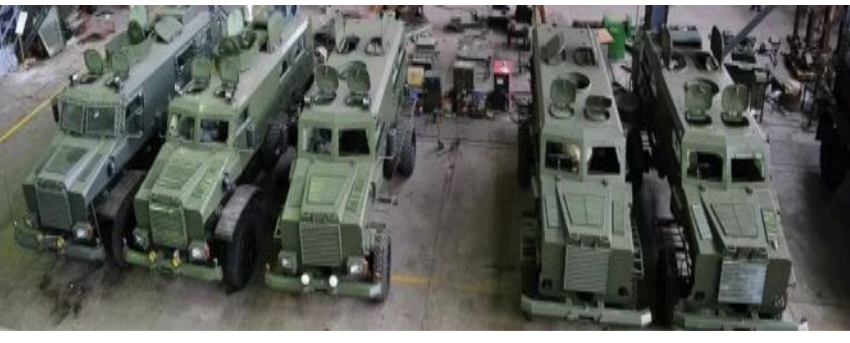Finally Ordnance Factory Board Turned Into Accountable Constituents

Employee service conditions have no change
The sloth accumulated during the long Congress Raj has finally been made to walk. Ordinance factories which were pride of India in 1947 had withered by 1962. Then shining for a brief period post the Chinese assault, it went into hibernation like a giant Sloth bear.
It was in 1775 that British authorities accepted the establishment of Board of Ordnance in Fort William, Kolkata.In 1787 a gun powder factory was established at Ishapore West Bengal which started production from 1791. The British set up 18 ordnance factories and the rest have come up after India became independent in 1947.
“This move would allow these companies autonomy as well as help improve accountability and efficiency,” Rajnath Singh said.
Finally through a major decision, the Union Cabinet has once again prodded the Ordnance Factory Board (OFB), first set up by the British in 1775 to wake up. The Board as such now under the Ministry of Defence will cease to exist.
Out of the giant Ordinance Board will emerge seven separate companies. They are going to be created, with each doing a specific type of manufacturing role. The existing 41 factories under the OFB will be subsumed under the seven new companies, all 100 per cent government owned public sector undertakings (PSU).
Defence Minister Rajnath Singh on Wednesday evening said, “I can assure the OFB employees (approx. 70,000) that their service conditions remain the same. The pensions and post-retirement benefits too shall remain the same.”
The seven new – yet to be named—PSU entities will each cover a separate sector. One will be the ‘Ammunition and Explosives group’. This will engage in production of ammunition of various calibre and explosives.
The ‘Vehicles group’ would engage in production of general defence vehicles and combat vehicles such as Tanks, Trawls, BMP and Mine Protected Vehicles.
‘Weapons & Equipment group’ would engage in production of small arms, medium and large calibre guns and other weapon systems.
The other four companies would be ‘Troop Comfort Items group’, ‘Ancillary group’, ‘Opto-Electronics group’ and ‘Parachute group’.
Each of these PSU’s would subsume the 41 OFB factories on the basis of type of manufacturing. OFB factories produce tanks, artillery guns, heavy vehicles, specialised wires, rifles, ammunition etc.
The restructuring is aimed at transforming the Ordnance Factories into productive and profitable assets; deepen specialisation in the product range; enhance competitiveness; improving quality and cost-efficiency. They will not only produce for the Defence Forces through Make in India initiative but also for exports.
The new structure is aimed to overcome various shortcomings in the existing system and provide these companies opportunities in the market including exports.
The prime customers of Ordnance Factories are the Indian Armed Forces. The requirements of other customers like Central Paramilitary Forces, State Police Forces for arms, ammunition, clothing, bulletproof vehicles and mine protected vehicles are also met from the OFB.
The government has also decided to delegate the authority of the Cabinet to the Empowered Group of Ministers, constituted under the minister of defence, to decide upon the matters related to implementation of the aforesaid government decisions and other incidental matters.
Rajnath Singh heads this empowered group of ministers and has the home minister, the finance minister, the minister for labour and minister of state in the PMO.


